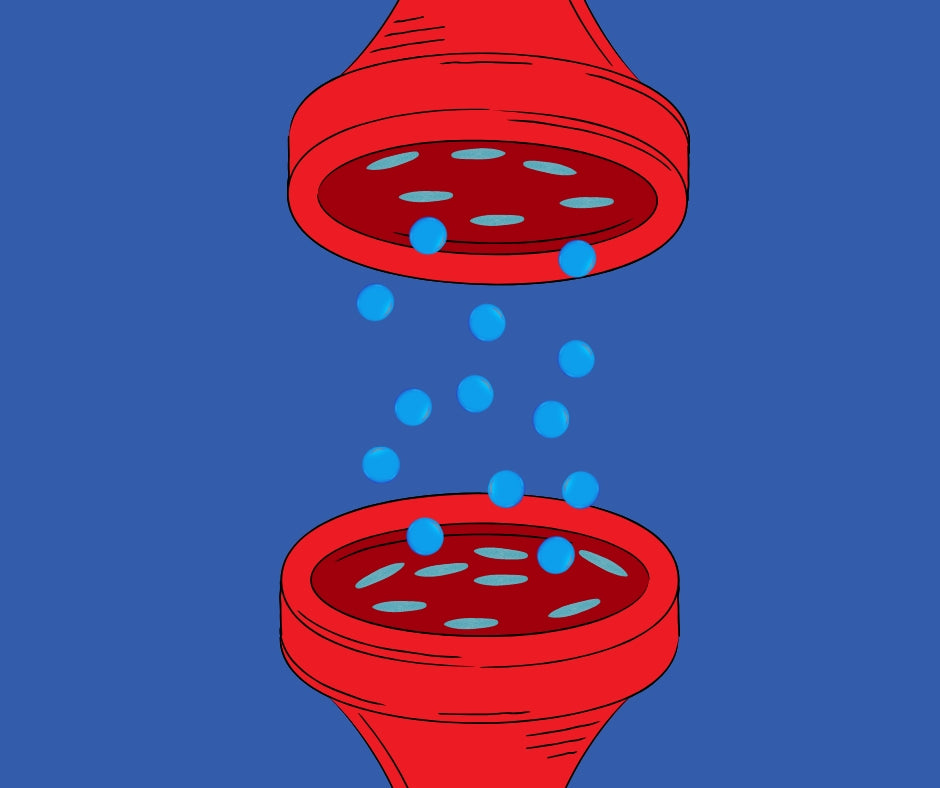How the human body produces cannabinoids naturally
When thinking about cannabinoids, most people probably would go right to thinking about cannabis and how cannabinoids from cannabis engage with the endocannabinoid system. Did you know that humans can naturally create cannabinoids in our own endocannabinoid system as well?
How can humans create cannabinoids?
Humans can naturally create cannabinoids through their endocannabinoid system. This is an internal system that produces endocannabinoids, which are molecules that bind to and activate cannabinoid receptors in the body like the naturally occurring cannabinoids found in the cannabis plant.
The endocannabinoid system is responsible for regulating a variety of physiological and cognitive processes, including appetite, pain-sensation, mood, and memory. Endocannabinoids are produced in response to changes in the environment, such as stress or physical activity. When endocannabinoids are released, they help to regulate the body's response to the changes.
The body produces two primary endocannabinoids: anandamide and 2-arachidonoylglycerol (2-AG). Anandamide is an endogenous cannabinoid that binds to cannabinoid receptors, while 2-AG is an endogenous cannabinoid that binds to both cannabinoid receptors and G-protein coupled receptors. Both of these endocannabinoids are involved in a variety of physiological processes, including pain sensation, appetite, memory formation, and mood regulation.
How does cannabis interact with the endocannabinoid system?
When cannabis is ingested, it interacts with the endocannabinoid system. The cannabinoids found in cannabis, such as THC and CBD, bind to the endocannabinoid receptors in the body and trigger a response from the endocannabinoid system. This response helps to regulate the body's response to the environment, such as reducing pain and inflammation, improving mood, and providing other beneficial effects.
In conclusion with now better understanding how cannabinoids are not only produced by plants but by our own human biology as well. The relationship between our own endocannabinoid system and cannabis are symbiotic. They interact with intrinsic effectiveness with much more studies and applications to come in the future of the American medical cannabis industry.If you are interested in experiencing the benefits of CBD or curious in trying a trust veteran owned CBD brand, Carolina Dream. Carolina Dream has award winning CBD products and holds themselves to medical cannabis standards of legal states. We provide transparency from seed to receipt.
DISCLAIMER: THIS WEBSITE DOES NOT PROVIDE MEDICAL ADVICE
The information, including but not limited to, text, graphics, images and other material contained on this website are for informational purposes only. No material on this site is intended to be a substitute for professional medical advice, diagnosis or treatment. Always seek the advice of your physician or other qualified healthcare provider with any questions you may have regarding a medical condition or treatment and before undertaking a new health care regimen, and never disregard professional medical advice or delay in seeking it because of something you have read on this website
References:
-https://www.cancer.gov/publications/dictionaries/cancer-terms/def/cannabinoid
-https://www.health.harvard.edu/blog/the-endocannabinoid-system-essential-and-mysterious-202108112569
-https://pubmed.ncbi.nlm.nih.gov/18426493/
-https://www.ncbi.nlm.nih.gov/books/NBK563174/
https://www.carolinadream.com/blogs/news/what-is-cbd
-https://www.ncbi.nlm.nih.gov/pmc/articles/PMC2213536/
-https://pubchem.ncbi.nlm.nih.gov/compound/2-Arachidonoylglycerol
-https://www.ncbi.nlm.nih.gov/pmc/articles/PMC3967846/
-https://www.ncbi.nlm.nih.gov/pmc/articles/PMC5877694/

